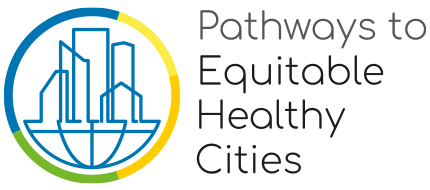Written by Alicia Cavanaugh (McGill University) and Ricky Nathvani (Imperial College London)
In late October, the International Society for Urban Health hosted the 18th International Conference on Urban Health (ICUH) in Valencia, Spain. Hundreds of stakeholders including researchers, policy makers, planners, and members of civil society from all over the world came together to share ideas to improve urban health while ensuring equity across cities and regions.
Fittingly, the theme for the first in-person pandemic-era ICUH was “Growing our Global Community. Driving Action. Ensuring Equity”, highlighting the need for making human connections to put our research into action and make tangible improvements in urban health. It emphasized that regardless of where we live, our actions can have ripple effects far and wide and that to reduce climate impacts worldwide, we need to engage with and empower our local communities.
This is also why a group of Pathways members were in attendance: to further our links with the wider community, share our research on health equity with practitioners and highlight our developments for community health empowerment. To do this, we hosted the workshop “Old data new tricks, new data new tricks: data and data analytics for measuring urban inequalities”, in which we presented Pathways research in a series of case studies highlighting innovative approaches to identify and support marginalized groups. These sessions illustrated how to work around data challenges in contexts where there are little or no direct measurements for measuring factors and outcomes of environmental health.
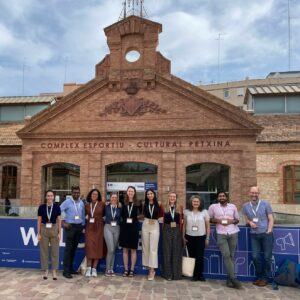
You can watch our session on YouTube.
In the first session, we demonstrated methods using available administrative and survey data in flexible ways. Honor, Alicia and Jacob illustrated these techniques through examples set in Accra, Ghana, showing how we combined existing but limited direct measurements with census data to develop spatial estimates of consumption, child mortality, and water inequality in a major metropolitan area. These outputs distill critical information in ways that are meaningful to decision makers, community leaders, and residents. Emily Muller, on behalf of Yan and Esra, showed how images, captured across space and time, could also provide high resolution estimates of socioeconomic and built environment variation across space in cities and the challenges associated with generalising the approach.
We can also look outside of more traditional data types. The second session demonstrated the role that sensor networks can play when measuring environmental inequalities. Sierra and Sarah showed how Pathways deployed an extensive sensor network campaign to map air and noise pollution in Accra, and the rich picture that emerges when measuring at sufficiently fine spatial and temporal scales. Ricky and Vish also demonstrated how we used images and deep learning to estimate environmental health hazards across time and space. This enables researchers to map activity at the human-environment interface, with information relevant for guiding and monitoring policy impacts, in resource limited cities.
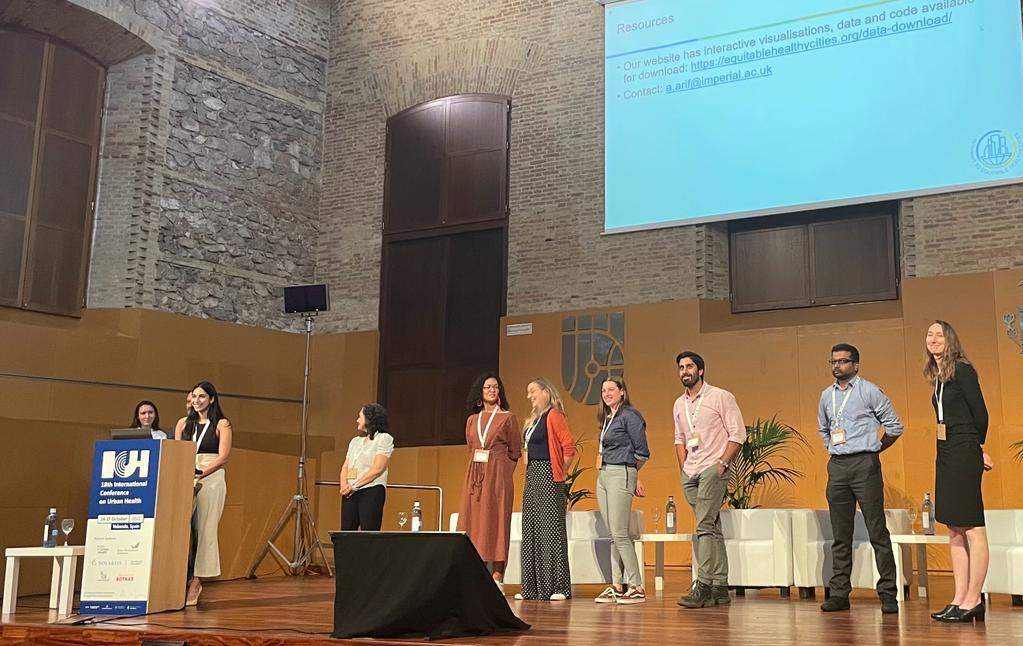
The third session presented methods based on measuring the experiences and perceptions of local residents. James Bennett highlighted this by showing the linked dynamics of house prices and life expectancy in London, with life expectancy improving in both places that were already well-off and in up and coming neighborhoods. Since how one experiences and perceives the urban environment is relative, socio-economic and environmental data do not necessarily reflect how residents encounter these challenges in their day to day life. Dina, Emily Gemmel, Emily Muller and Laure then explored this aspect by showing how research can incorporate the plurality of voices present in urban life into research. They related how community engagement and citizen science had shed light on playability, walkability and water access in several Pathways cities in their collective work.
Our work stimulated lots of discussion amongst the session attendees, with both academics and practitioners sharing their questions and feedback and several discussions spiraling out into the many (well-stocked!) coffee and snack breaks throughout the remaining days of the conference. The organisers were diligent in ensuring that a lack of paella, pastries, coffee, canapes, wine or fruit didn’t hamper our productive capacity by leaving us bereft of calories…
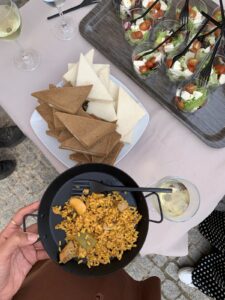

Our culinary adventures weren’t restricted to the conference and we also took to the streets of Valencia in pursuit of horchatas and croquetas, capped off with a meal out together and an evening of flamenco dance performance. We were also led on guided tours, organised by ISUH, through the city of Valencia to learn about its history and unique character. Circumscribed with Europe’s longest park, full of beautiful architecture, mixed use streets, outdoor exercise and vibrant cafes, Valencia provided a great case study in the desirable elements of urban living.

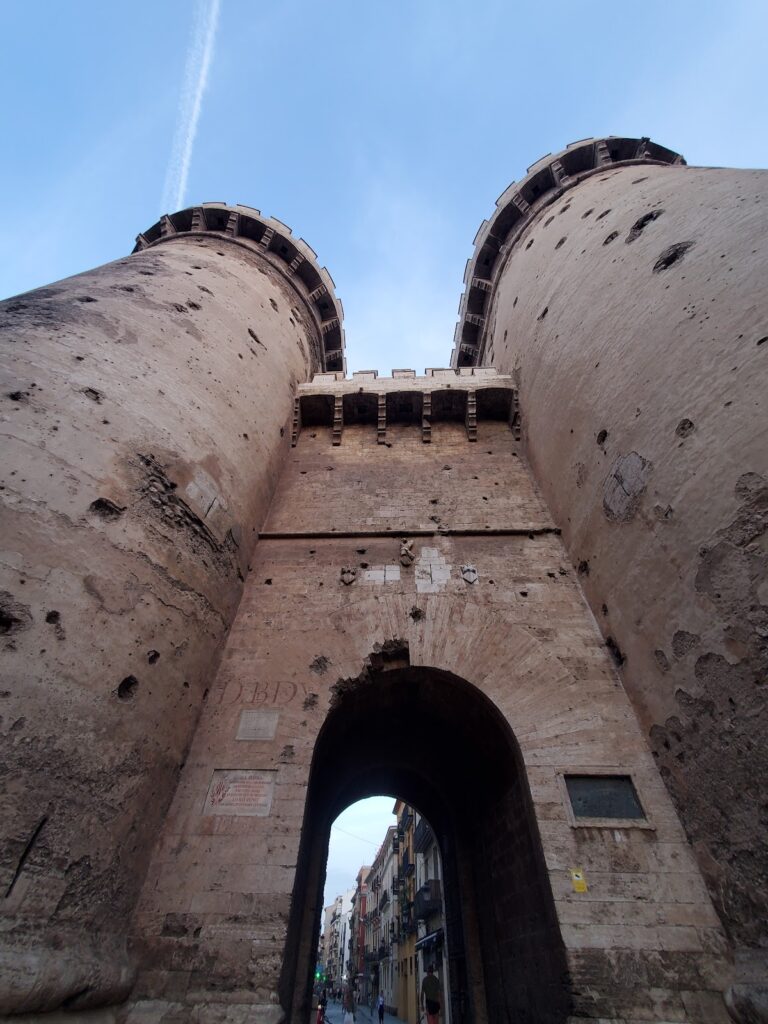

As well as disseminating research from Pathways, we all immersed ourselves in the many developments being explored at ICUH, from housing to healthcare provision, urban planning to transport modeling and more. Throughout these talks, we found others who were engaged in innovative use of data across many disciplines in environmental health research, often involved in work in similar geographies and domains. Pathways had a strong showing throughout in discussions, questions and the exchange of ideas. It was clear that despite the progress made in many domains, the landscape of environmental health has many challenges, old and new, in the 21st century, which researchers will have much to contribute and co-produce with others. Leaving ICUH, we felt a continued resolve to be at the forefront of these efforts and renewed vigor for the work we do to contribute towards tackling health inequity in our target cities.


